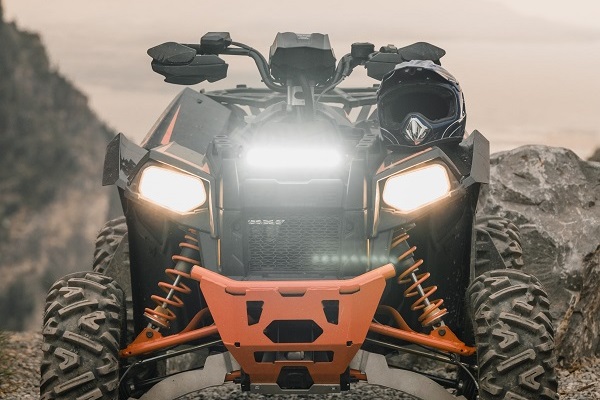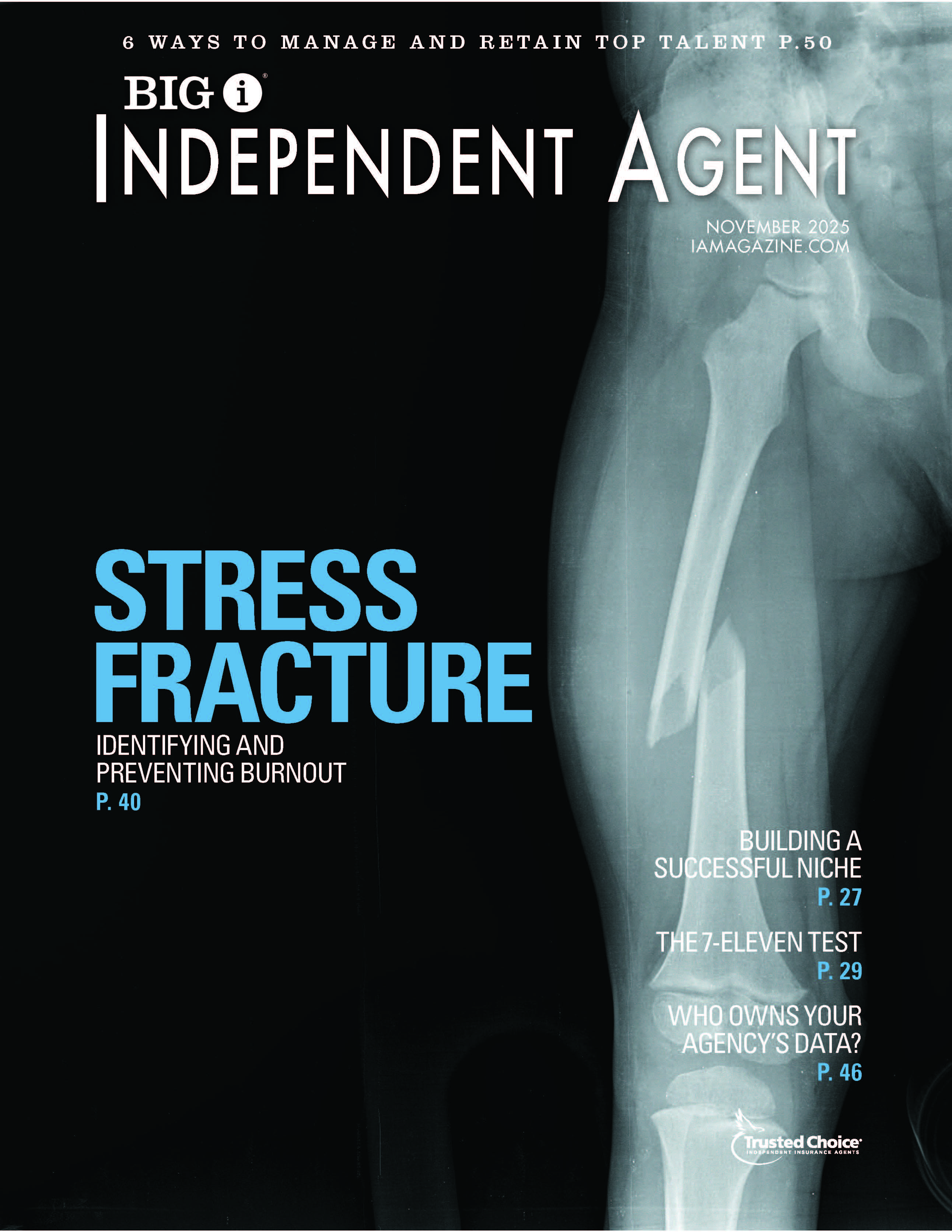Dispelling Myths About Off-Road Vehicle Insurance

In the last 18 months, there has been a surge in specialty vehicle sales—from recreational vehicles in the spring to boats in the summer. As the seasons change, it’s time to shift focus to the specialty vehicles customers will be using for the next few months.
Fall and winter are the prime off-roading seasons for all-terrain vehicles (ATVs), dirt bikes, side-by-sides, and snowmobiles. Most consumers aren’t well-educated about the nuances of auto or home insurance policies, let alone properly insuring off-road vehicles.
Here are four common insurance mistakes that befall many off-roaders:
1) Not insuring an off-road vehicle. Everyone knows you need auto insurance to legally drive, but the requirements for off-road vehicles are ambiguous at best. Unless you’re in one of the handful of states that requires insurance, your customers are probably lukewarm on insuring them.
Why? They think it’s covered by their homeowners policy and don’t think the vehicles are valuable enough to insure separately. They haven’t contemplated the real reasons you insure an off-road vehicle: Liability protection and uninsured motorist and underinsured motorist (UM/UIM) coverage.
Much like auto accidents, fender-benders happen on the trails with great frequency. That’s why you install brush-guards, after all. But what happens when there’s a serious accident? What if the accident is the other driver’s fault and they’re uninsured?
Ambulances aren’t off-road vehicles, so getting medical assistance could involve a helicopter. Compound this with potential delays in getting to medical treatment. All this means that it’s critical to have great liability and UM/UIM protection.
2) Believing off-road vehicle insurance is expensive. The other reason people don’t insure their off-road vehicle is because they think it’s expensive. In reality, they’ll likely spend more on gas. A liability-only policy could be as little as $100 a year while the average premium is more like $350 per year. For the ultimate protection, recommend high limits plus an umbrella policy.
3) Thinking customizations will be covered. A lot of off-roaders invest in customizations. From brush-guards to hand-warmers, heavy-duty tires and rims, and everything in-between. For purposes of insurance, customizations are anything that isn’t original manufacturer equipment (OEM), including equipment added by the dealership or a previous owner.
This can be a real gotcha for insured who think that customizations are covered because they’re part of the vehicle. Some companies include a nominal amount in the base policy for just this reason. If your customer has invested in extensive customizations, you can purchase high limits for an additional premium. And they may receive coverage for their safety gear such as helmets, boots or riding jackets.
4) Assuming roadside assistance will provide coverage. Some people never leave their property, but many ride or trailer their vehicles to the tens of thousands of miles of designated ATV and snowmobile trails across the U.S.
However, many Americans believe having auto roadside assistance coverage means they can get a tow whenever and wherever they need it. What they don’t realize is that towing coverage is generally for declared vehicles or specific vehicle types such as cars, motorcycles and RVs, which could leave ATVs, side-by-sides and snowmobiles out in the cold.
The good news is that if you insure these vehicles on a motorcycle or off-road-vehicle insurance policy and add roadside assistance, they’ll be able to get fuel delivery, flat tire assistance or a tow. There’s just one caveat: They must be close to a public road. Tow trucks are not off-road vehicles, after all.
Powersports sales are surging. By addressing these common insurance pitfalls, you increase your chances of ensuring your customers are protected.










